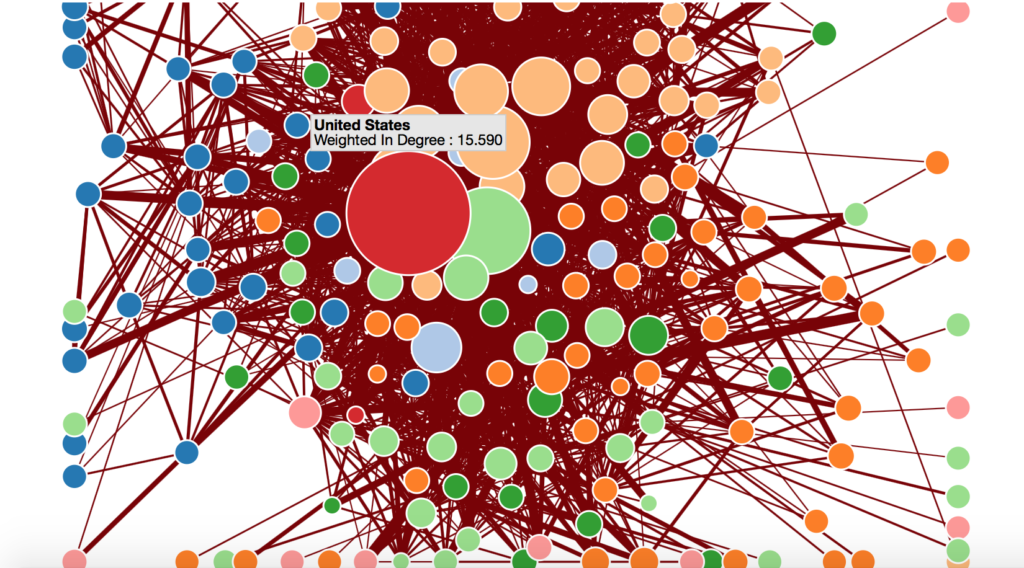Connect the Dots
In the modern global economy, most products are not wholly made in one country. Even the services you buy can be composed of inputs from various countries around the world — like the story of our TradeVistas logo designed by an artist in Indonesia commissioned through a company aggregating design services out of Australia.
The World Bank Group set out to create a tool for mapping global value chains (GVCs) in a way that helps visualize the direction of traded inputs and the value created at different stages of the value chain.
Using the World Integrated Trade Solution database you could explore the global production of motor vehicles to find out that Germany supplies nearly 16 percent of the the world’s exported automotive components, around 13 percent of the world’s engines, transmissions and body assemblies, and 23 percent of exported finished motor vehicles.
If you know what intermediate product – or input – you want to track on its journey around the world toward its assembly into the final product, you could search the database by its Harmonized System or HS number, a six digit number that most all countries use to classify traded products. You can search from the “seller” perspective as in the Germany motor vehicle example above, or you could focus on the “buyer” to find out where the demand for those inputs is strongest. The relative size and position on the map indicates a main source or destination market — the bigger the dot, the bigger the role firms in that country play in the global value chain for that product.
Andrea Durkin is the Editor-in-Chief of TradeVistas and Founder of Sparkplug, LLC. Ms. Durkin previously served as a U.S. Government trade negotiator and has proudly taught international trade policy and negotiations for the last fifteen years as an Adjunct Professor at Georgetown University’s Master of Science in Foreign Service program.







